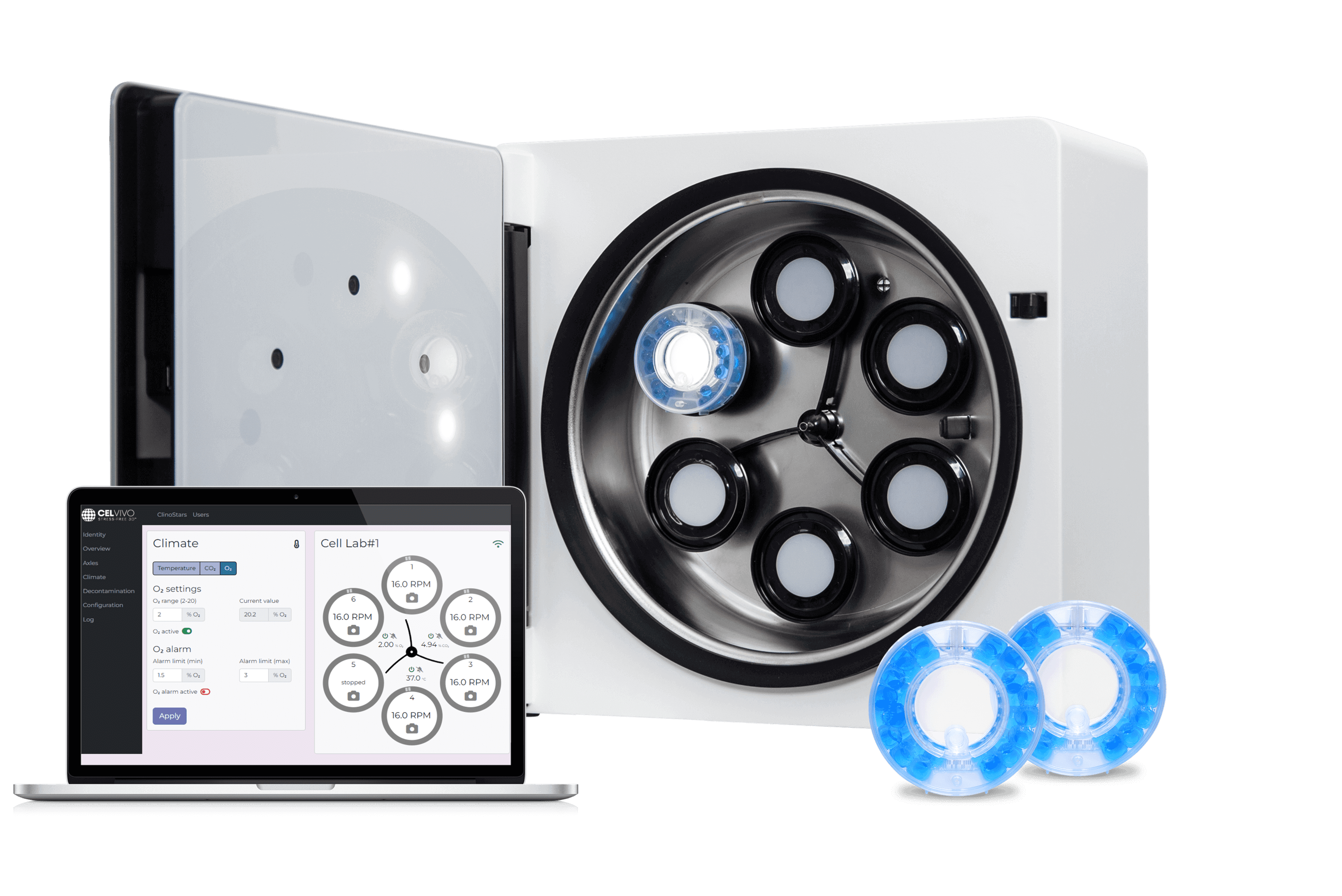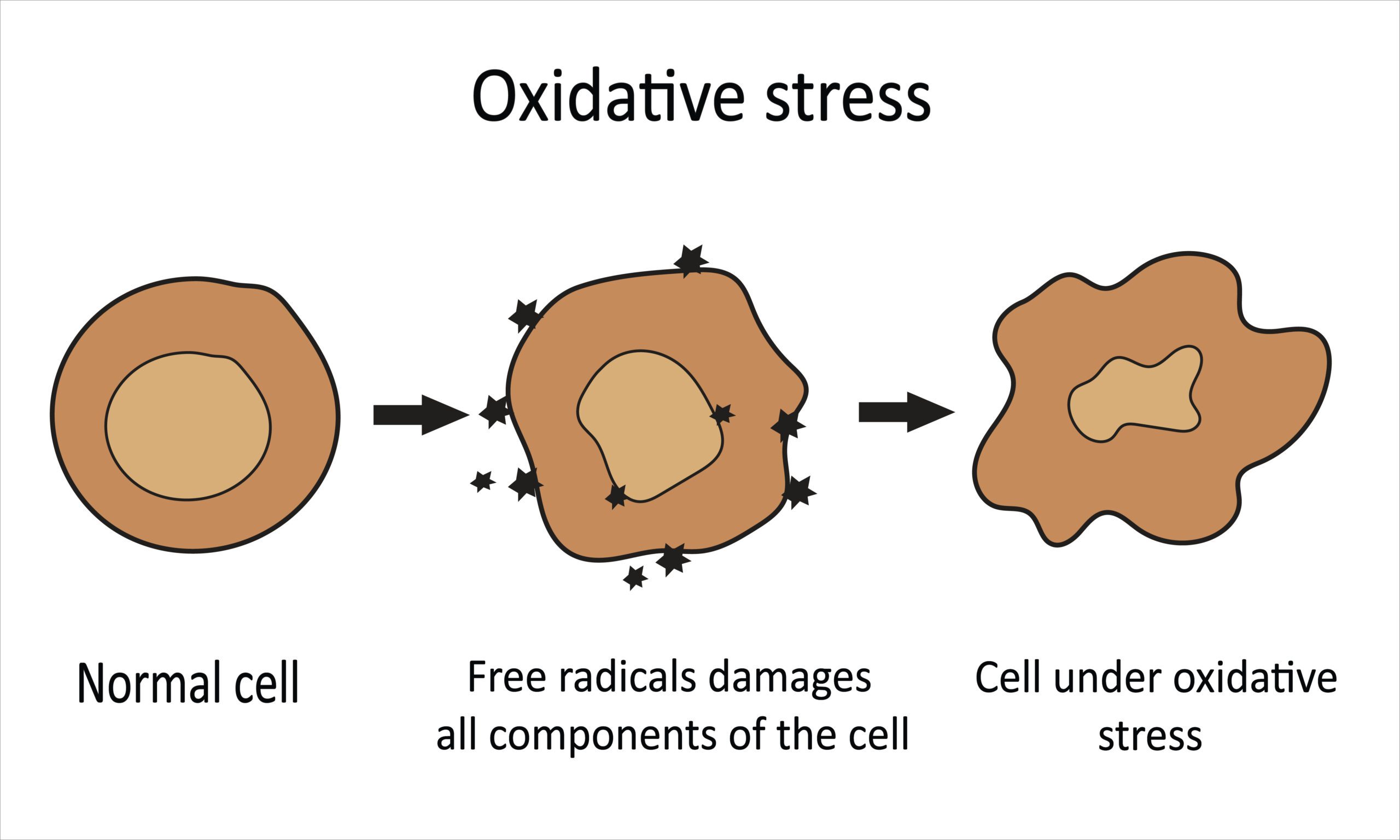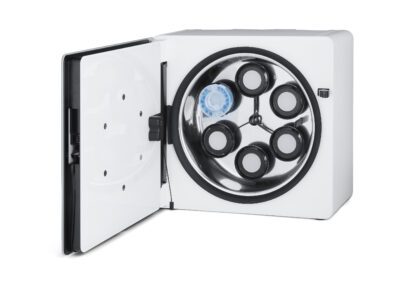working
with hypoxia
in the clinostar
Connecting Your Research to in vivo
It’s crucial to accurately establish and monitor oxygen levels during the culture period for mimicking in vivo physiological conditions of tissues or organs.
Oxygen concentrations in the human body vary, ranging from around 12% in the lungs to 5% in the brain, and can be as low as 0.1% in tumor tissues. The ClinoStar hypoxia unit enables the manipulation of in vitro atmospheric composition to tailor it to the specific physiological needs of tissues or organs.
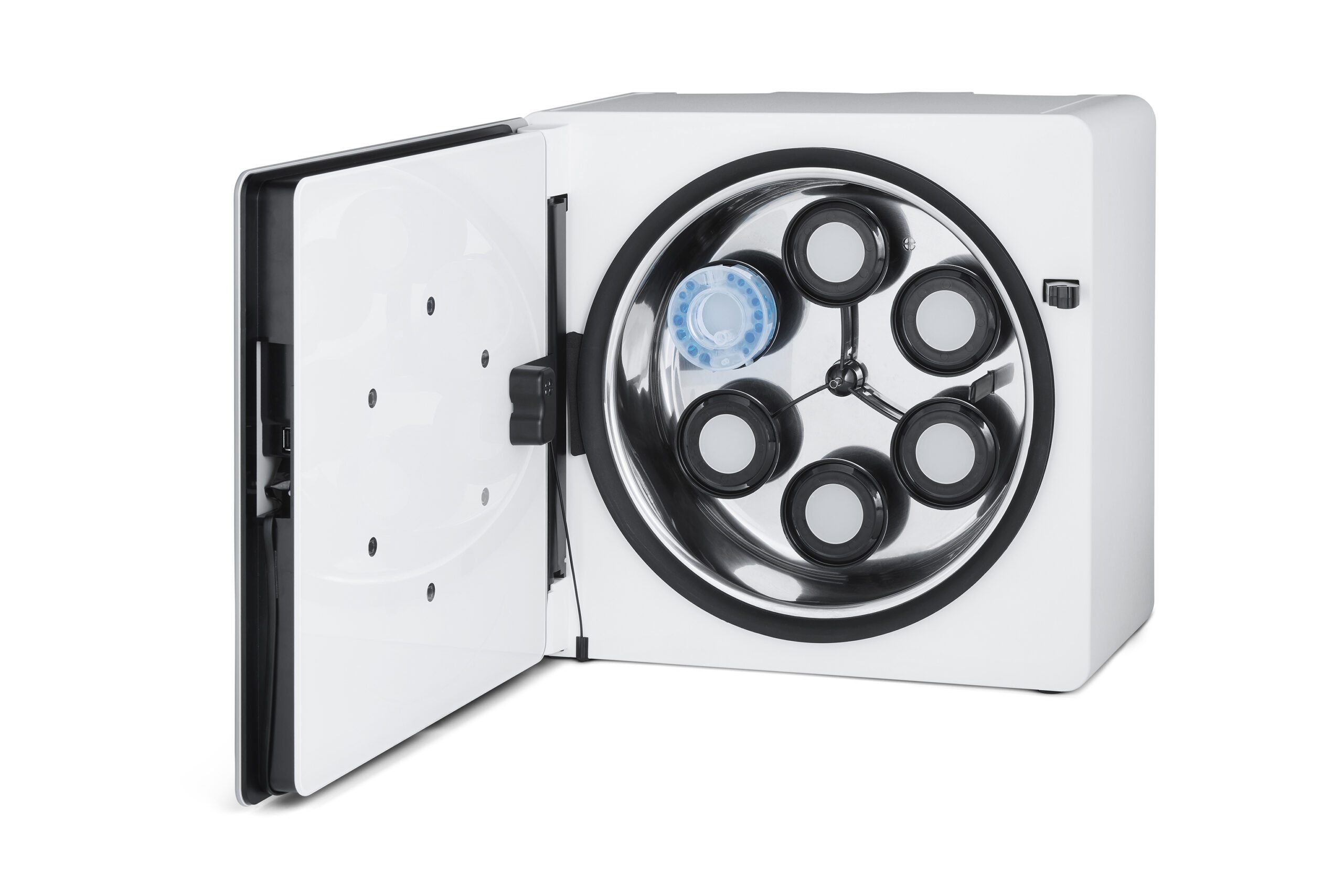
Advantages of adding hypoxia to your ClinoStar 2
- Ability to regulate the level of oxygen from atmospheric to 2%
- Rapid attainment of the set point for the media’s oxygen level is achieved through active gas exchange between the ClinoStar and the ClinoReactor humidification chamber.
- The ClinoReactor’s semi-closed environment temporarily preserves hypoxic conditions for operations within a regular atmospheric oxygen environment (21%). This simplifies short-term handling procedures, such as microscopy observation and documentation.
Control hypoxia in ClinoStar 2
Centre of Functional Tissues Reconstruction, University of Oslo
When ClinoStar met the FUTURE
At the Centre of Functional Tissue Reconstruction (FUTURE) in Oslo University, Professor Reseland and Dr Samara have employed the ClinoStar platform and have been working towards
several lineages of innovative models to study hypoxia.
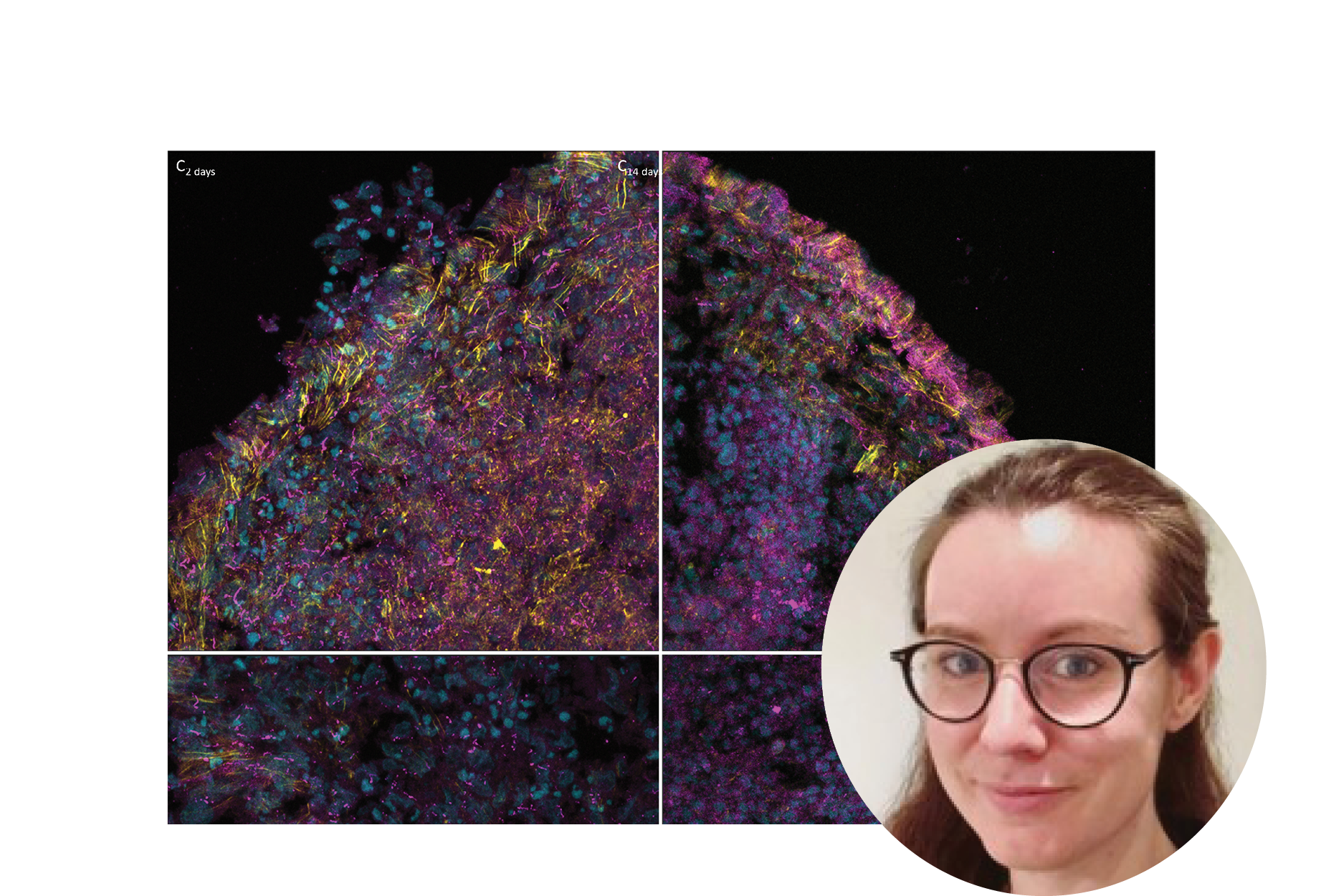
Doctoral Fellow Anne Agger
Hypoxia
Blog: Oxygen – the essential primordial stress factor
Surprisingly, the importance of oxygen is often overlooked in cell culture. Traditionally, cells are cultivated in incubators in flasks or microtiter plates. This sets off an avalanche of hidden consequences.
In this blog post, we discuss the importance and benefits of being able to control oxygen levels in incubators when working with cell culture.
WEBINAR

ClinoStar hypoxia unit creates physiological levels of oxygen for in vivo mimetic 3D constructs
Krzysztof Wrzesinski
CSO & Co-Founder, CelVivo ApS
Have you ever wondered how to seamlessly recreate in vivo conditions for 3D cell cultures?
The prevailing consensus suggests that cultivating cells within a three-dimensional (3D) environment presents considerably greater challenges compared to conventional two-dimensional (2D) monolayer cultures. This increased complexity often stems from the fact that the equipment required for effective 3D cell culture hasn’t undergone the same level of optimization as its 2D counterpart. Moreover, the task of closely monitoring and regulating the intricate 3D environment proves to be significantly more demanding.
Join us for an enlightening webinar as Krzysztof Wrzesinski explores how the hypoxia unit for the ClinoStar can help researchers by precisely regulating oxygen levels, and optimizing temperature, atmospheric composition, and diffusion gradients. Discover how to de-stress and simplify the complexities of 3D cell culture.
February 08, 2024
Get an informal demonstration
of the new ClinoStar 2
